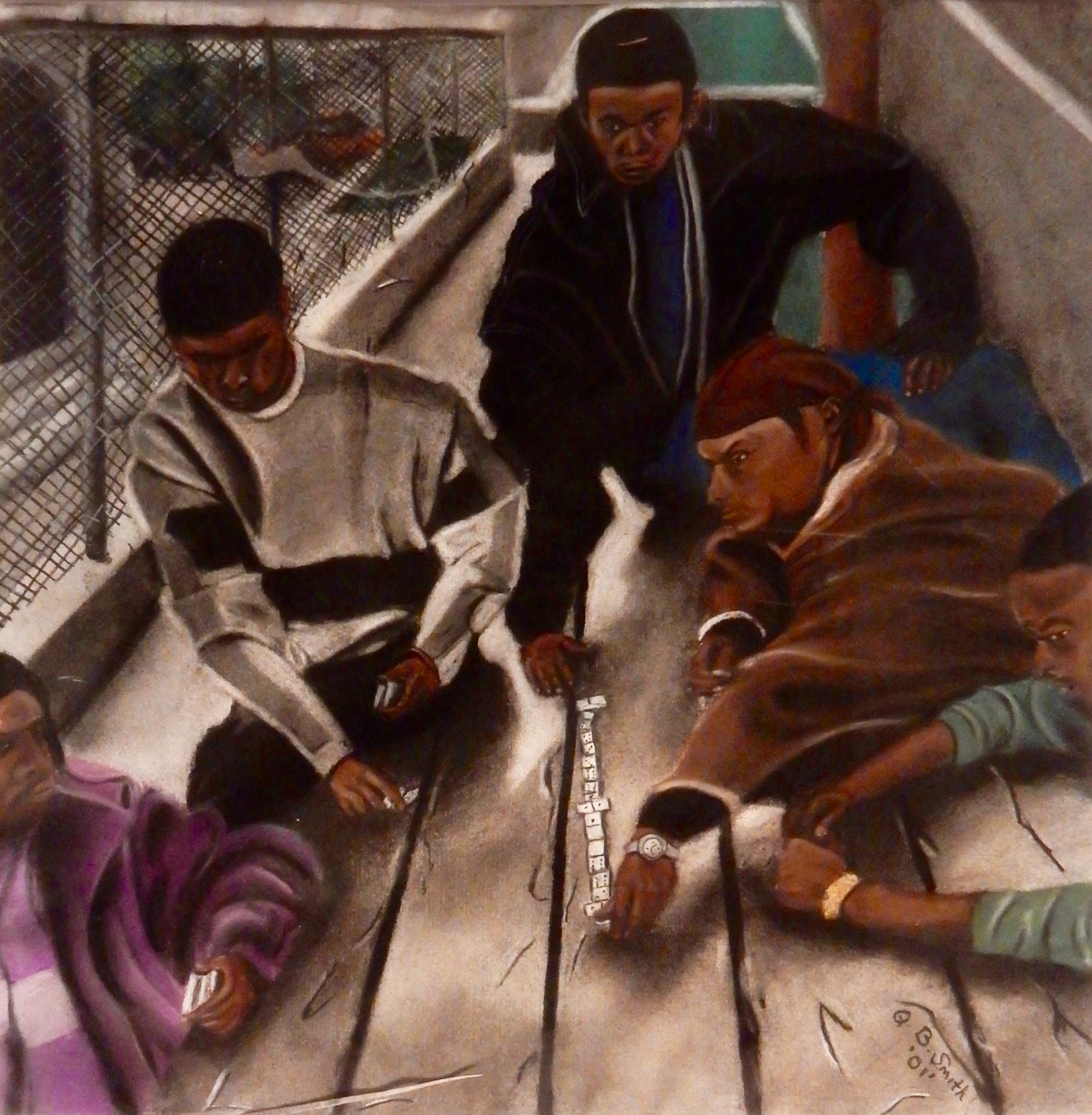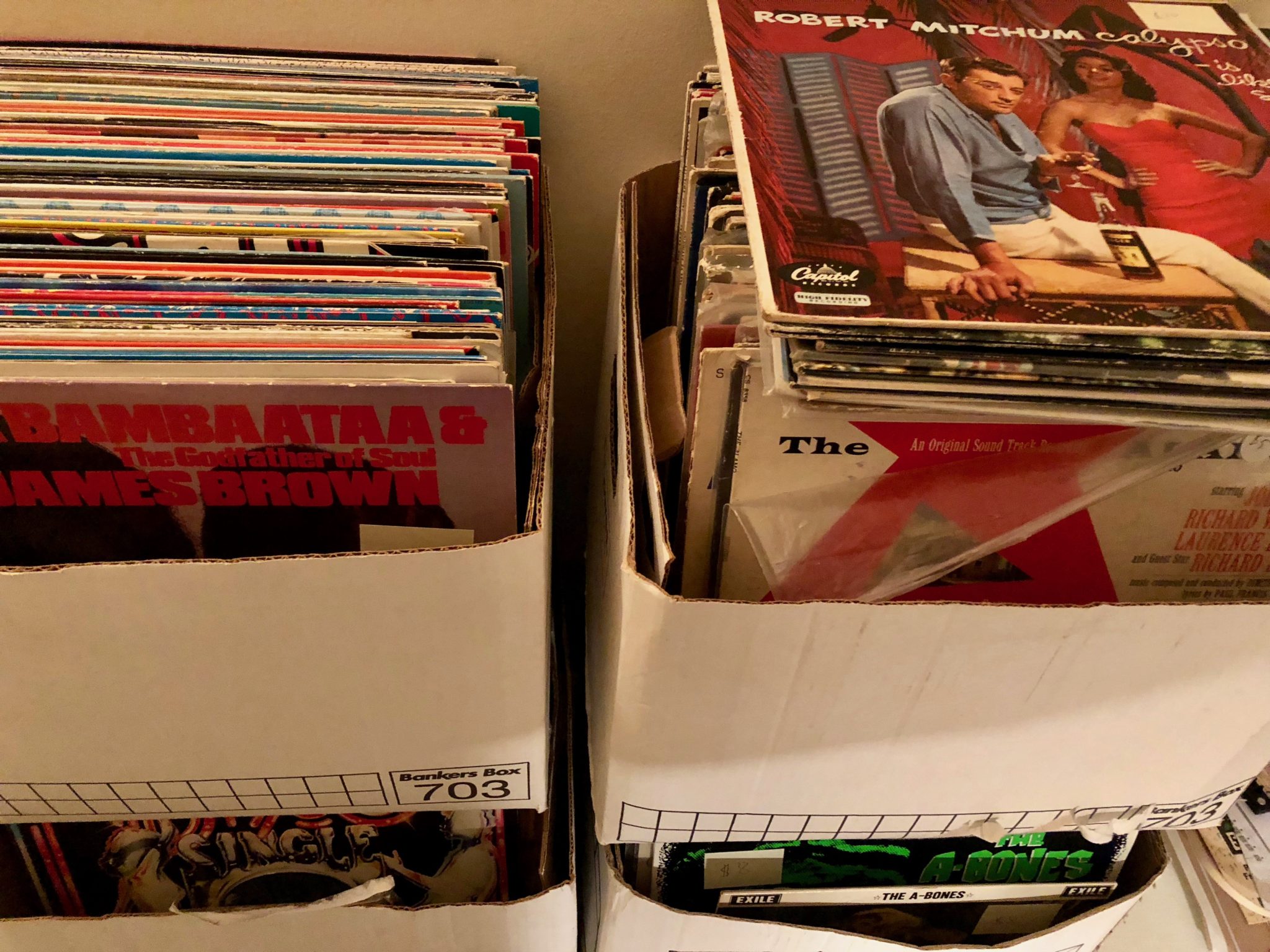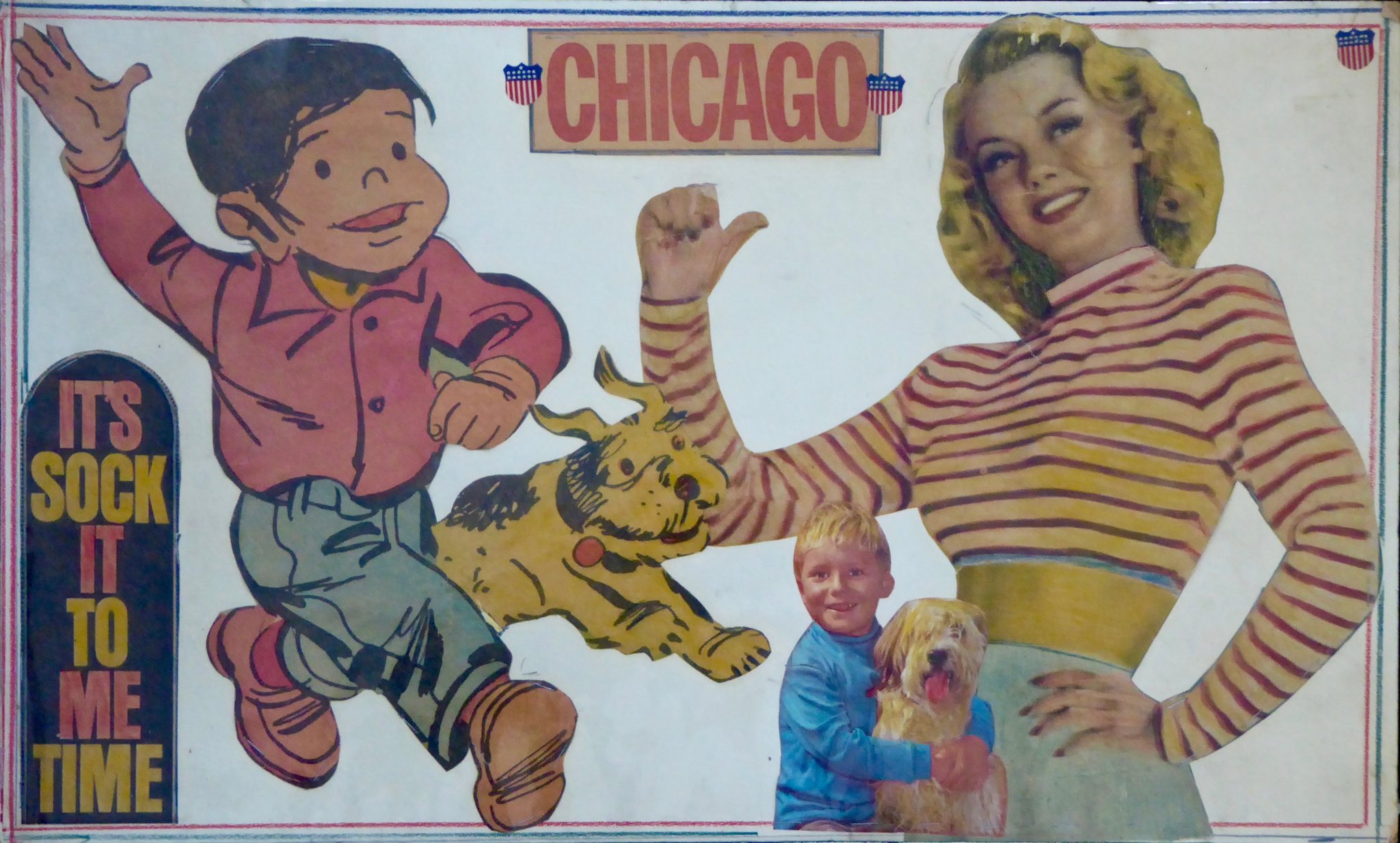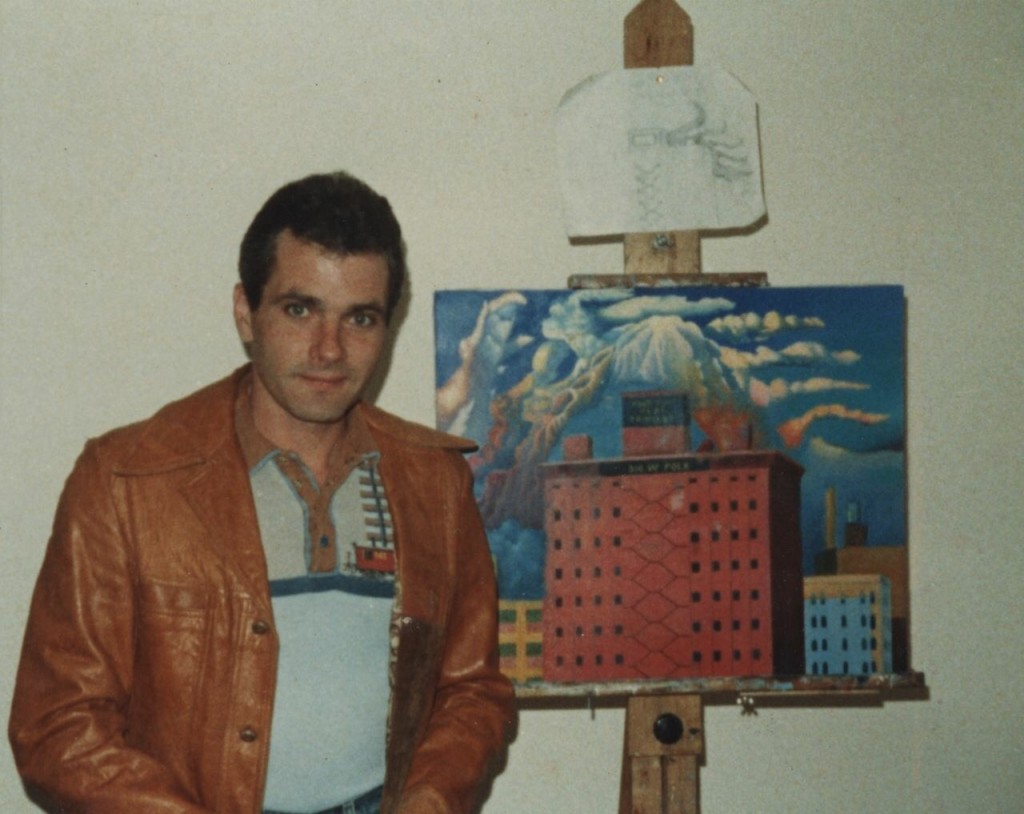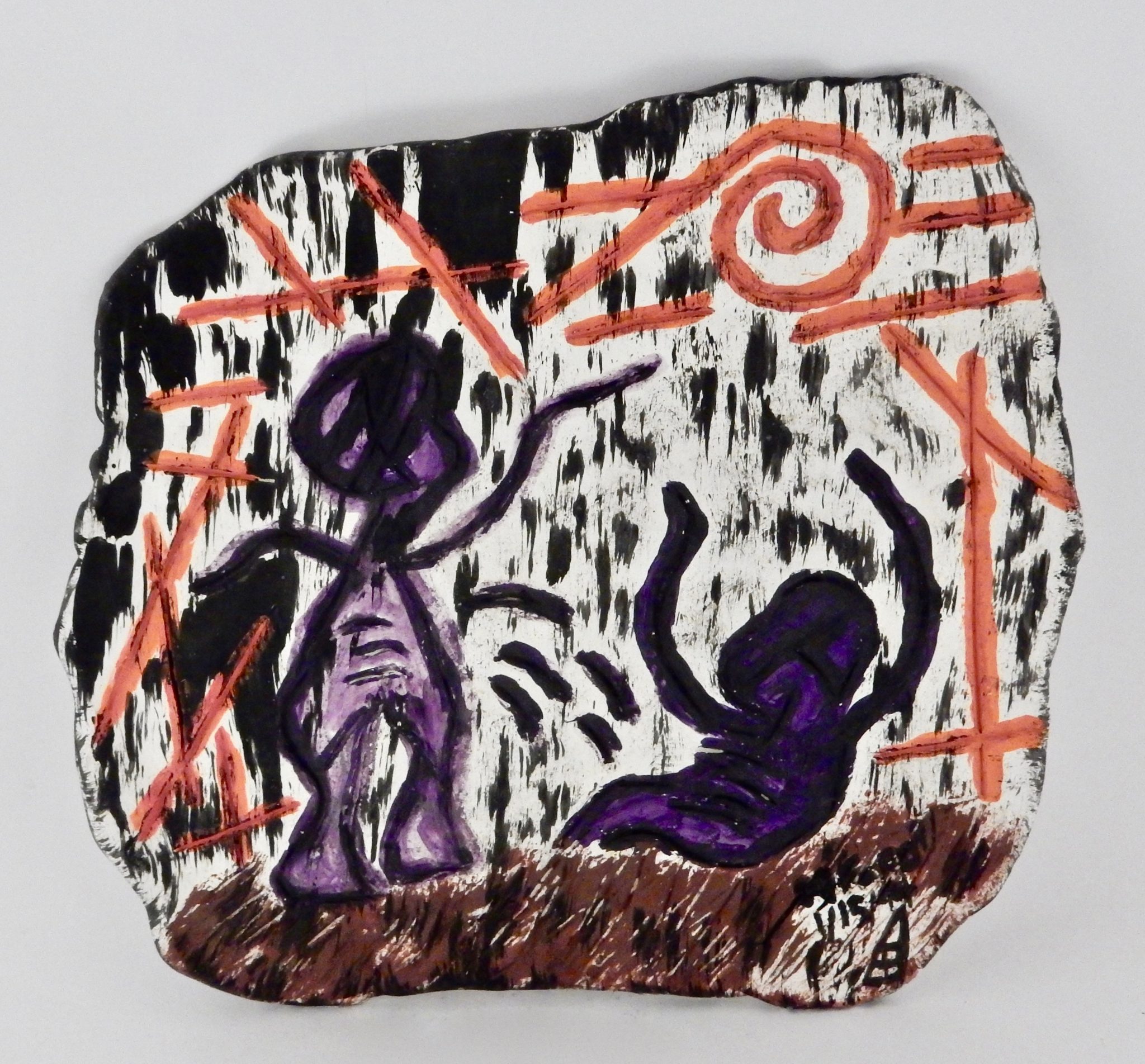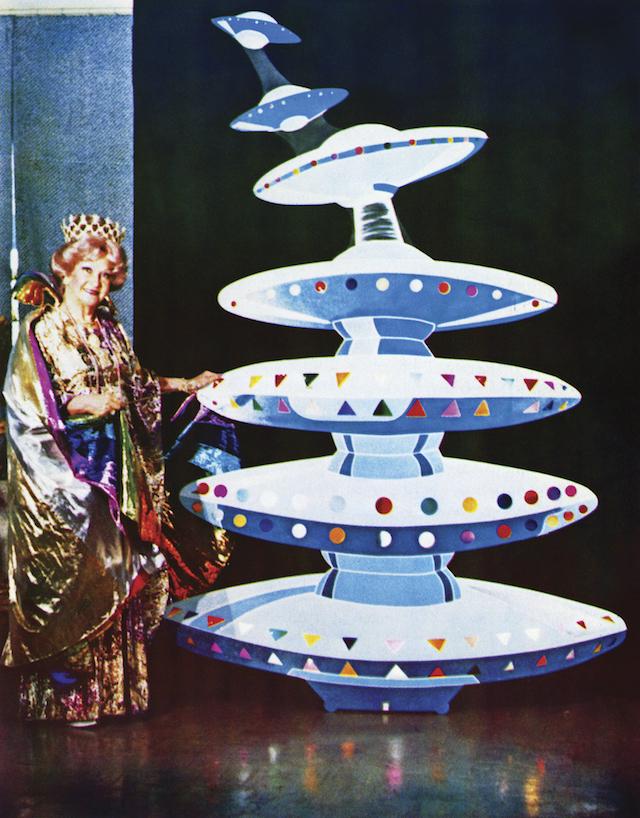Another batch of the strange, the bizarre, the inexplicable wacky store names of the world. As someone pathologically prone to understatement, I’m especially fond of business names that don’t try too hard. Do eat some OK paella before buying a simply basic but typical gift. Do Eat Korean Barbecue, Chicago Favorable Chicken-Kebabs-Ribs, London: Photo by Martin Stocks Nice Pharmacy, Koh Samui, Thailand O.K. Paella, Toledo, Spain OK Painters, Siem Reap, Cambodia Simply Basic, Barcelona Typical Gift, Toledo, Spain Closely related to understatement, and just as dynamic, are the businesses whose owners favor highly generalized branding. Here are those latest additions:
Continue reading

